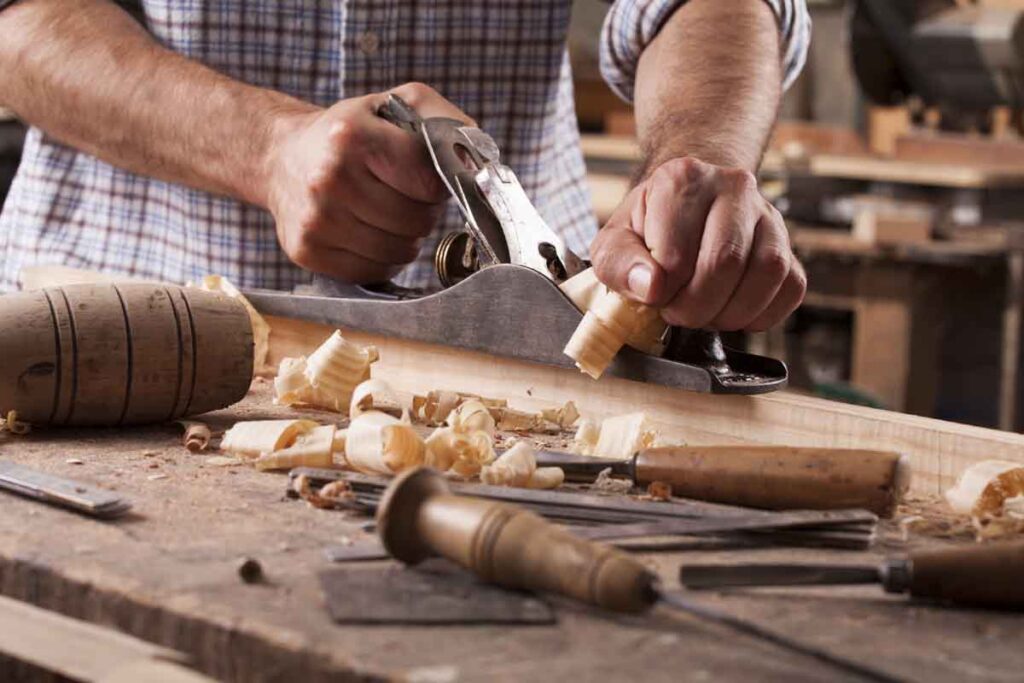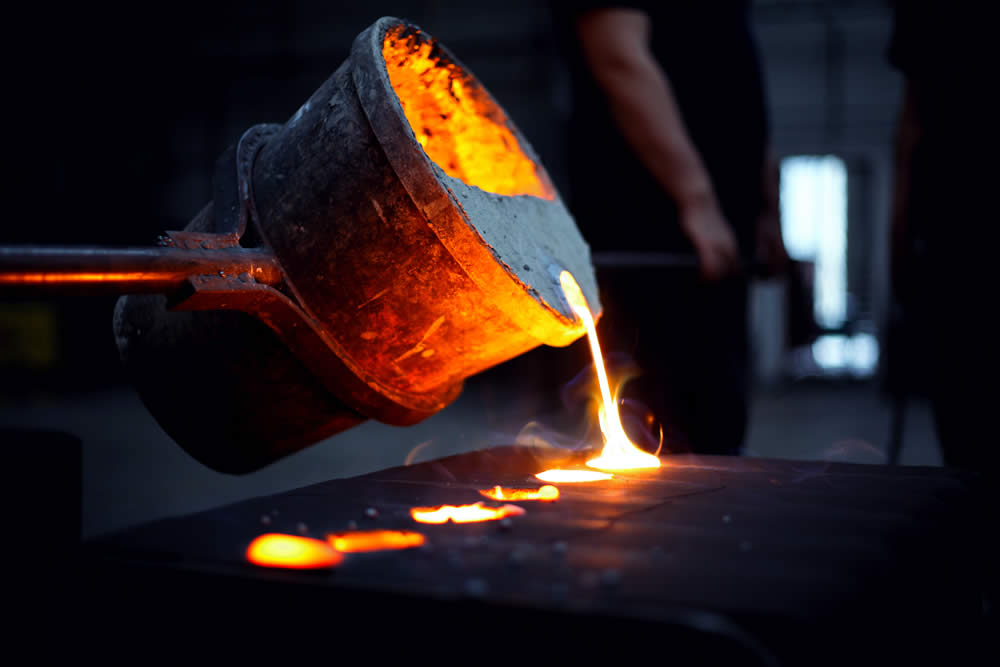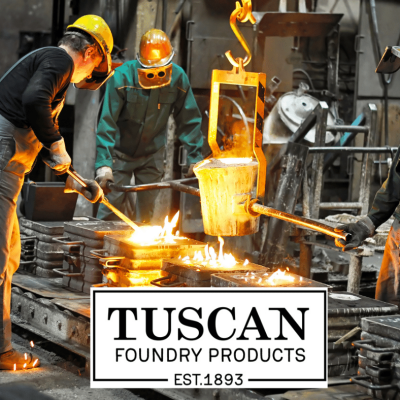


Whether you call it a castle or a house, Croft Castle in Herefordshire is a majestic historic building with a rich and fascinating history. For over 700 years, the Croft family held the castle and its grounds in a conservation state, ensuring its beauty and uniqueness remain intact.
For those who have never stepped foot in the castle walls, it might be hard to understand what it takes to maintain an estate as grand as Croft. Today we’re exploring this incredible castle and its restoration efforts through the eyes of those who have lived there for centuries. We’ll look at the history and legacy of this impressive building, how it’s been kept in top condition for so many years, and how you can get involved in conservation efforts at Croft Castle too.
Croft Castle is a must-see if you’re curious about historic buildings. Located in Herefordshire, England, it’s considered one of the finest examples of fortified houses in the country and has been home to the Croft family since the 12th Century.
Today, managed by the National Trust, you can tour the castle, comprised of several structures, including a restored 15th-century Great Hall and a Tudor timber mansion house built between 1540 and 1560. The court also features ornate gardens with several types of trees, shrubs and bushes.
Although much of the ancient building has been preserved, restoration efforts have been ongoing since 2004, when
English Heritage began conserving key property elements. On tour, visitors can learn about these efforts and appreciate how much work goes into maintaining these historic sites for future generations.
It is no easy feat restoring an 18th-century castle – even one that has remained in private hands for centuries. Croft Castle in Herefordshire is no exception. The current court is the 4th remodel of the original house and its gardens, but time and weather have taken their toll on specific aspects of the building.
When beginning the restoration, conservators must consider three key points, the history and context of how the building has changed over time, how to make it accessible to visitors without causing further damage, and above all else, preserving the structure’s character.
At Croft, that character is closely associated with being home. Certain areas within the house were off-limits to visitors while they underwent conservation work to maintain the intimate atmosphere of living quarters.
Additionally, furniture and paintings that were part of the original furnishings were sourced from within family ties to stay faithful to their context within Croft Castle’s story.
Finding ways to honour this history while making necessary repairs can be a balancing act for any castle caretaker!

If you want to return in time, visiting the National Trust’s Croft Castle in Herefordshire is necessary. Built-in the 15th Century and remodelled in the 18th, this castle is a classic example of architecture from both periods. It also has some of Britain’s finest gardens and parkland.
But keeping this historic building intact isn’t always an easy task. The National Trust works hard to keep up its conservation efforts, ensuring that future generations can visit this beautiful site.
The National Trust uses traditional building techniques for conservation at Croft Castle, such as lime mortar for brickwork and natural stone for repairs. This approach preserves the essence of the original castle while also making it safe for visitors to explore. Lime mortar can even be used to help restore timber frames that are still standing!
Reclaimed materials like stone, tile and bricks are sourced to replace any missing components or damaged surfaces of the castle walls. Similarly, support structures like scaffolding are only used when deemed necessary – otherwise, ladders or other equipment is used which can be easily dismantled once the conservation work is completed.
Thanks to these techniques, Croft Castle has retained its distinctive character while remaining accessible to visitors who want to explore its history and beauty first-hand. So if you’re ever in Herefordshire, take some time out for a trip back in time!
Have you ever been curious about how restored ancient buildings stay standing? At Croft Castle, the team behind the conservation took a particular approach to ensure that the structure remained intact for another few centuries.
The conservation approach considers historic repair and restoration of existing fabric and reusing or replacing elements that can’t be repaired.
The first step for Croft Castle’s conservation was for the team of experts to determine what needed to be done to restore the site. This includes analyzing existing fabric and splitting it into materials that can be salvaged and those that cannot.
Then they devise a plan of action; what can and should be done, considering cost and time constraints? At Croft Castle, some elements, such as walls and rooms beyond repair, had to be replaced entirely.
It’s not just about restoring what’s broken; it’s also about preserving the original structure of the building to retain its historical value. The team had to conduct repairs while ensuring they didn’t alter the overall character of Symonds Yat Rock, even if it meant using modern materials such as steel and concrete. They also made sure to reuse existing materials wherever possible to minimize waste.
These are just some of the steps Croft Castle’s team of experts takes when it comes to preservation and restoration, all to keep this historic site alive for future generations.
Historic building conservation ensures that Britain’s cultural heritage, including significant archaeological sites, is preserved and documented accurately. Essential factors such as the age of the structure, the materials used in its construction, and its relevance to local history are all considered when restoring any given site.
By preserving historically or architecturally significant buildings, communities can benefit from increased economic activity. It strengthens tourism by creating places that attract visitors and businesses in ancillary services related to tourism, such as restaurants, hotels, bed-and-breakfasts and pubs.
Historic building conservation also creates jobs in areas such as stonemasonry, plasterwork, carpentry, etc. By conserving our heritage, we preserve something valuable from past generations and help create jobs for current ones.
Regarding historic buildings, conservation is essential for protecting our past for generations to come, preserving our cultural heritage for present-day enjoyment and boosting local economies through job creation opportunities.
There’s no magic wand when restoring historic buildings, and castles like Croft Castle is no exception. An innovative use of cast iron rainwater systems was implemented during the restoration project to protect the castle walls from further deterioration caused by rainwater run-off.
This system effectively controls water run-off by channelling it to a large underground cistern while ensuring moisture stays away from the castle walls. Cast iron and traditional lead pipes were also used in this restoration project because they are more efficient and durable.

The cast iron rainwater systems used at Croft Castle have been designed to integrate perfectly with the building’s existing architecture without compromising its esthetic value.
In addition, these systems are both cost-effective and resilient, making them ideal for use in restoration projects such as this one.
Cast iron pipes used in Herefordshire and throughout the counties and regions of the UK are cast using traditional and original patterns. We can also manufacture bespoke cast iron gutters, pipes and rainwater heads to match the original.
Finally, their long lifespan means minimal maintenance is required over time, which helps ensure buildings like Croft Castle remains safe and structurally sound for many years.
The conservation work undertaken at Croft Castle has ensured that it remains a protected and beautiful building for future generations, turning a majestic building back into a stunning example of 17th-century architecture.
Thanks to the ongoing conservation efforts, Croft Castle remains a prime example of the beauty and tradition of Herefordshire. The effort put in by the National Trust shows their commitment to taking care of our built heritage and preserving it for future generations. It is a shining example of how to protect and restore historical sites and a testament to the importance of conservation for future generations.
Since 1893 Tuscan Foundry has been making and supplying cast iron and steel drainage and heating products for repairing and conserving buildings like Croft Castle in Herefordshire and throughout the UK
We cast and supply bespoke cast iron guttering for projects in Herefordshire, along with cast iron round, square and rectangular downpipes and ornate rainwater hopper heads.
To discuss your projects requirements, please contact us on: 0333 987 4452

Where can I purchase cast iron guttering near me in Herefordshire?
Tuscan Foundry supply and deliver cast iron guttering and pipes for projects in Herefordshire, nearby counties and throughout the United Kingdom.
Can you offer site surveys for cast iron gutter replacement in Herefordshire?
We provide a complete site survey for cast iron gutter and pipe in Herefordshire; this service is chargeable at a day rate and mileage. Please get in touch with us for details.
Can you reproduce original bespoke cast iron hopper heads for projects in Herefordshire?
Tuscan Foundry specialises in bespoke custom-made cast iron hopper heads and can reproduce any original to suit the building’s period or style.
Is there a typical profile of cast iron guttering used in Herefordshire?
The size and profile of the cast iron gutter used on buildings in Herefordshire are more relevant to the age and style of the building, along with the size of the drained roof. We can offer guidance where required.
What is the typical lifespan of cast iron guttering in Herefordshire?
The lifespan of cast iron guttering varies according to several factors. Still, the top of the list would be regular cleaning and painting, and this will depend on location, i.e. guttering and downpipes on an exposed Herefordshire property will require more frequent painting than inland.